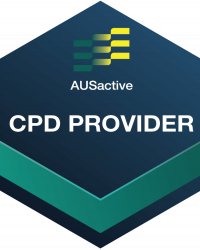Mat Repertoire
Lateral Series:
Side Reach
Alternate Names
Mermaid, Side Over
Derived From
Mat Pilates: Mermaid
Primary Element
Stability
Why for Primary?
Strengthen, develop control and stretch the abdominal oblique muscles.
Secondary Element
Mobility
Why for Secondary?
To develop range of motion in lateral flexion and rotation when tilting the rib cage to one side.
Tertiary Element
N/A
Why Tertiary?
N/A
Repetitions
4-5 each side
Plane of Motion
Frontal and Transverse
Targeted Muscles
Abdominal obliques are the main muscle focus of this exercise and are used
- Internal obliques function bilaterally (both sides) to flex the torso and function unilaterally (one side) to laterally flex the torso and rotate it to the same side.
- External obliques function bilaterally (both sides) to flex the torso and unilaterally (one side) to flex the torso and rotate it to the opposite side. The muscle fibres run diagonally towards the midline and can be likened to putting your hands in your pockets.
Warnings
This exercise may be unsuitable for clients where abdominal engagement is contraindicated. It may be difficult for clients with restricted range of motion in thoracic but a good exercise to use to help increase their range of motion.
The Z-leg position may be unsuitable for client with hip issues or injuries as it requires both internal and external rotation at the hips. Alternative leg positions include cross legged or sitting with the legs extended in front.
Execution
Sit on the Mat side on in a Z-leg position – one leg bent with shin parallel with the short edge of the Mat, the other leg bent with the sole of the foot to the inner thigh (or cross-legged or with the legs extended out in front if more suitable). Reach the arms outwards at shoulder height, palms facing upwards or inwards to keep the chest open.
Exhale to tilt the rib cage and place a hand onto the Mat and at the same time reach the other arm overhead, extending the side of the torso whilst anchoring the ischial tuberosities (sit bones). Inhale to return to the starting position. On the third repetition rotate the rib cage towards the Mat lowering the chest towards the floor, before lifting and returning to the starting position. Alternate sides.
Observations
Do a body scan of the client taking note of the following points
- Pelvis
- Are the hip bones even horizontally or is the client leaning to one side?
- Is the client sitting on their ischial tuberosities (sit bones) and keeping them anchored down throughout the movement?
- Rib cage
- Is the rib cage down and connected at the front? Avoid flaring the rib cage at the front and arching the spine
- Is the rib cage creating the side ways or lateral movement?
- Can the rib cage spiral to create the rotation?
- Legs
- Are the legs in a comfortable position for any hip issues or injuries?
- Shoulders
- Is the inside shoulder relaxed?
- Is the outside arm shoulder lifting upwards and overhead to increase the stretch through the outside of the torso?
Learning Style Technique Cues
Auditory – word associations that connect mind and body
- Engage the transverse abdominis before moving, anchoring the sitting bones down
- Say the client’s name when you’re about to interact with them
- Bias the pelvis towards a slight posterior tilt in order that you can achieve neutral whilst moving and avoid extending the spine
Visual
- Imagine lifting the side waist up and over a spike or something sharp, lifting up and over as you lower over to one side keeping the opposite side anchored and moving from the rib cage
- You may demonstrate a part of the movement as a visual representation for the client to see
Kinaesthetic
- Feel the movement happening from the waist and rib cage moving, with the pelvis stable
- Feel the length through the side body and the lift through the underside waist.
- Drop the shoulder of the inside arm and and relax, focus on moving the rib cage and anchoring the outside sit bone in particular
Modifications and Variations
Regress the exercise by
- Placing the hands onto the opposite shoulders or onto the rib cage to feel the movement and just focusing on the rib cage lateral flexion and/or rotation
- Reducing the repetitions and/or pace
- Removing the rotation component of the exercise and focus on the lateral flexion only, add a foam block or cushion under the back sitting bone to encourage connection to the Mat and avoid hitching the pelvis, adjust the seated position to cross-legged (easier opening of the hip joints) or seated with legs extended in front
Progress the exercise by
- Increasing the repetitions and/or pace
- Increasing the range of motion
- Sitting on a less stable surface, for example, a foam roller, to create instability
- Working towards Lateral Series: Side Plank
- Working towards Reformer: Lateral Series: Mermaid
- Working towards Wunda Chair: Lateral Series: Side Reach
Series and Transitions
The Lateral Series can be found in the Reformer, Cadillac and Wunda Chair repertoire in both the fundamental and progressive modules and represents exercises that create movement in the frontal plane or sideways.
Transition to the Lateral Series: Side Plank by extending the legs, stacking them on top of each other and keeping one hand on the Mat ready to lift up into the Side Plank position.

